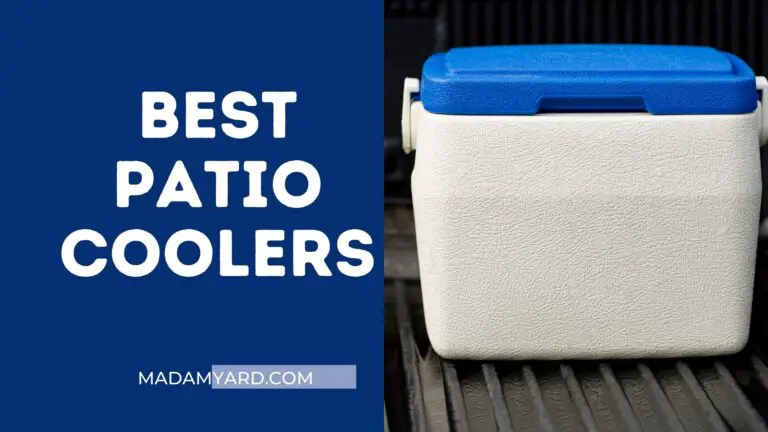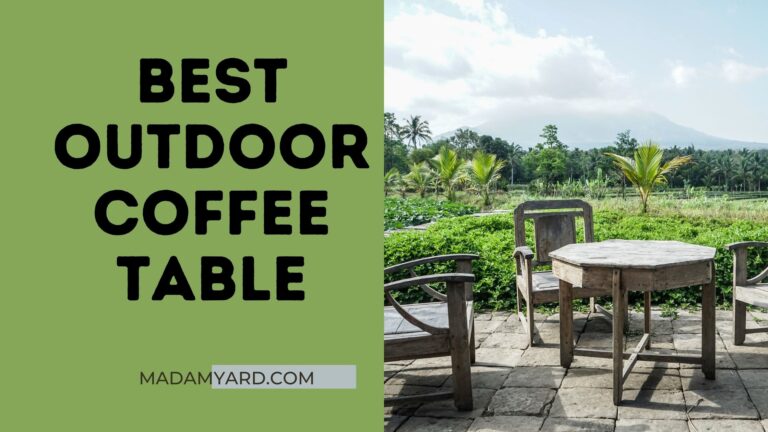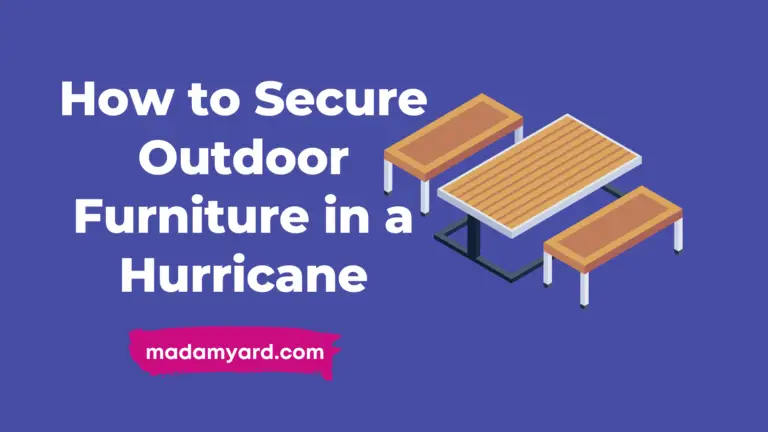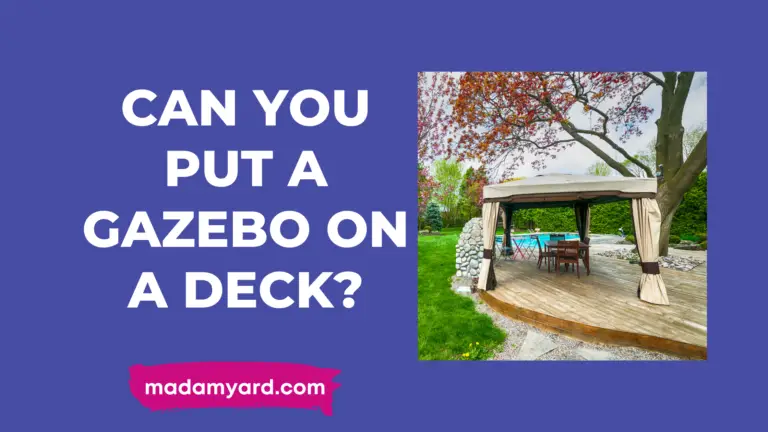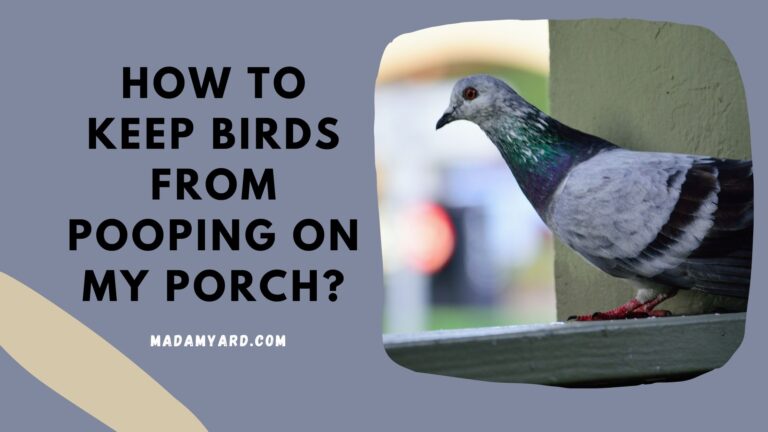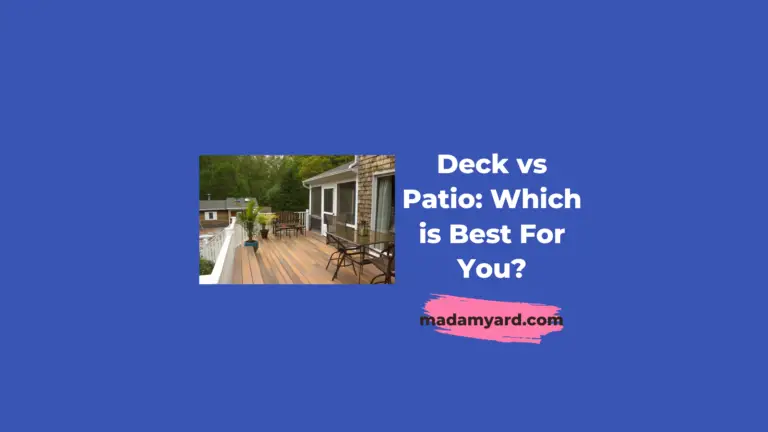Pavilion vs Pergola: What’s The Difference?
Pavilion and pergola are two types of outdoor structures that are often confused with each other. They both provide shade and can be used for a variety of purposes, but there are some key differences between them. Here is the difference between pavilion vs pergola.
Pavilion vs Pergola: What’s the Difference?
A pavilion is a small structure that is typically used to provide shade for outdoor seating. The word “pavilion” comes from the French word “Pavillon,” which means a tent or large, lightweight tent. This type of structure is often used to provide a place to sit outside. The pavilion is often small, and it is usually placed in the center of an outdoor area.

A pergola, on the other hand, is a covered walkway or bridge with columns that support a roof and can be used to hold plants or other decors. In addition to providing shade from the sun, a pergola can be used to protect the garden from wind, rain, and snow. Wood is a common material for the structure. The roof is held up by a group of columns that are close together. These columns are usually made of wood or metal, but some pergolas can be made of stone or brick.
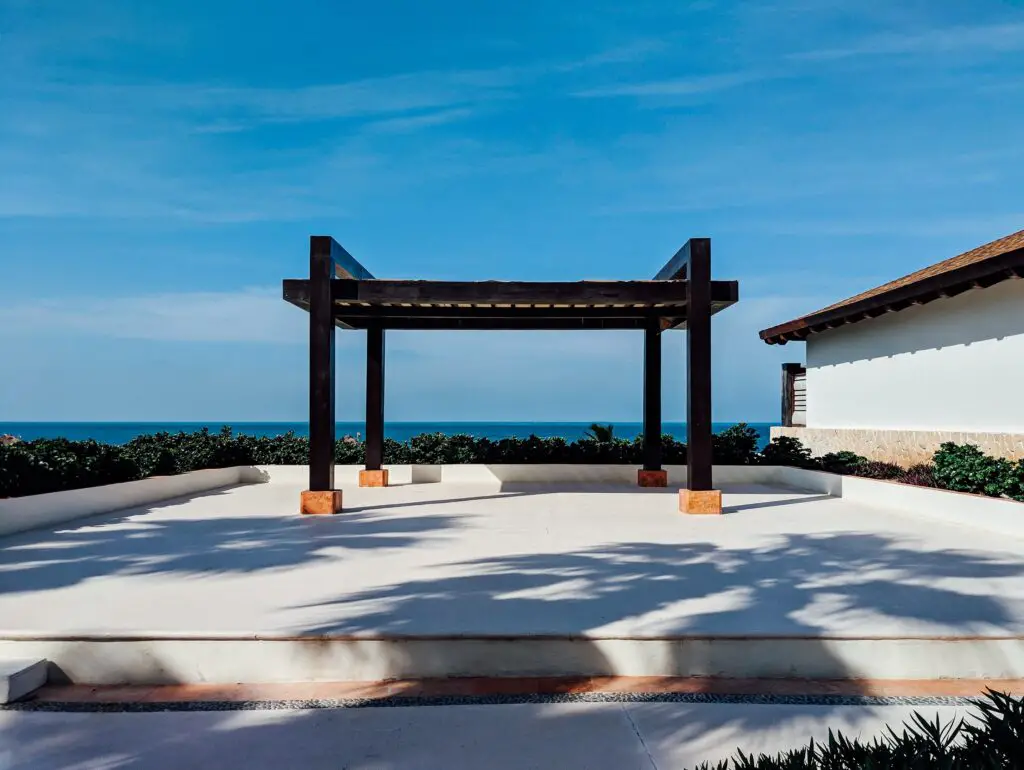
The main difference is a pergola has open slats on its roof, whereas a pavilion has a closed roof.
Function: What are the main differences in function between pavilions and pergolas?
Pavilions and pergolas serve different purposes, but they both have the main function: to provide shade. Pavilions are typically used for events or gatherings where people want to be near the sun, whereas pergolas are more often used in gardens or yards where privacy is a concern.
Design: How do pavilions and pergolas differ in terms of their design?
Pavilions and pergolas are two types of structures that, while they have some similarities in terms of design, also have some significant distinctions in terms of construction. Depending on their intended usage, pavilions and pergolas can be designed in a variety of distinct styles. A traditional style pavilion is often open-air in design with flared ends, and it is utilized for events such as weddings or festivals to provide a beautiful backdrop.
When utilized for more formal events such as huge garden parties, a Tudor-style pavilion’s rounded edges are commonly seen. Pergolas in the modern style are frequently utilized as a garden entrance feature or as an outdoor seating area. A sturdy steel structure with a flat roofing material is frequently used in the construction of contemporary pergolas.
Pavilions and pergolas should be designed to complement the surrounding landscape in order to give your garden a more cohesive look and feel.
Materials: What materials are typically used to build pavilions and pergolas?
Pavilions and pergolas can typically be made using a variety of materials, depending on the specific needs of the pavilion or pergola. Common materials used to build pavilions and pergolas include wood, steel, plastic, and aluminum.
Many different types of wood are suitable for pavilions and pergolas, including pine, cedar, spruce, birch, poplar, and oak. Different types of steel can also be used to build pavilions and pergolas, including galvanized steel sheeting, hot-dipped galvanized steel pipe, and cold-rolled stainless steel.
Plastic is often used to build pavilions and pergolas because it is lightweight yet strong enough to support heavy loads. Steel and plastic are also often combined to create hybrid materials that are both lightweight and strong.
How do you weatherproof a pergola?
If you have a pergola that is outside, chances are it will be exposed to the elements. Weatherproofing your pergola can help protect it from harsh weather conditions and keep your outdoor space looking great. There are a few different ways to weatherproof a pergola and each has its own advantages and disadvantages.
One option is to seal the pergola with an exterior coating such as vinyl or polyurethane. This will protect the wood from moisture and insects, but it will not prevent sun damage or fading over time. If you choose this option, make sure that the coating is applied in a sufficient amount so that it covers both the wood and the metal frame.
Another option is to install an interior liner made of materials such as fiberglass, oriented strand board (OSB), or closed-cell spray foam. This material will protect the wood from moisture penetration and insects, but it can warp and crack over time. If this is a concern for you, you might be better off with a non-pergola structure instead.
Can a pergola be attached to the house?
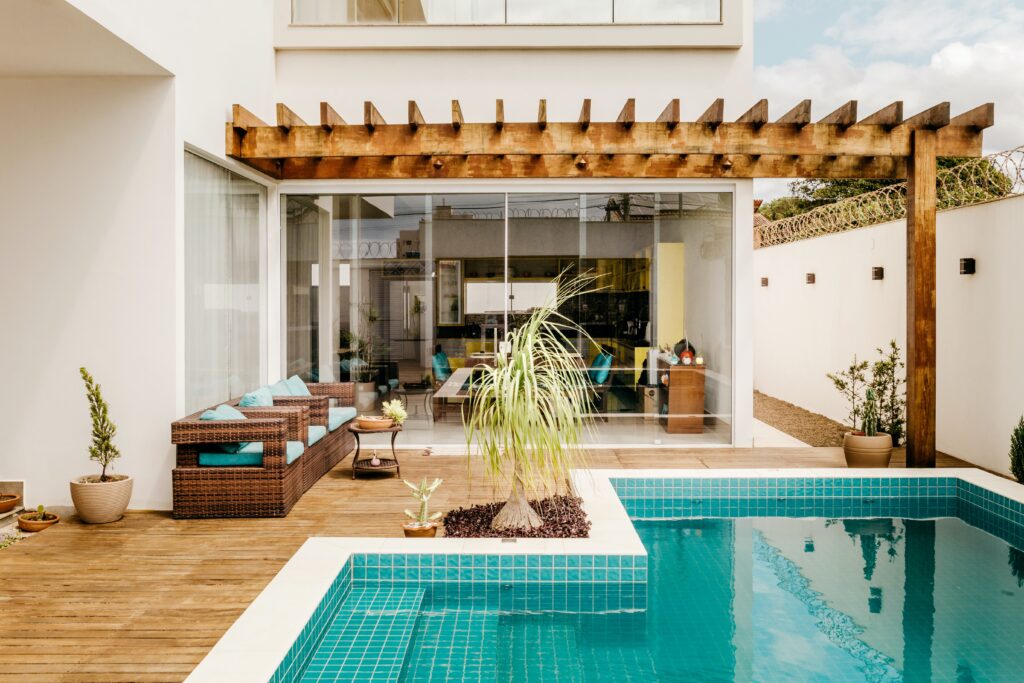
However, by incorporating the framework of your home as a support component, an attached design can save both space and money. The fact that a pergola is attached directly to the house provides support for that side of the structure, resulting in the need for only two posts in the majority of cases.
Can you enclose a pergola?
There are a variety of options for enclosing a pergola. Curtains, a roof, a source of heat, or shade screens can all be used to keep out the sun. Because of this, you’ll be able to use your deck all year long, not just during the winter.
Final Remark: Pavilion vs Pergola
There are some important differences between pavilions and pergolas when it comes to producing shade and sheltering from the elements. Pergolas, on the other hand, are more open and airy than pavilions, and they allow for greater natural ventilation. Except for pergolas, pavilions are freestanding constructions. So, which one is right for you?

